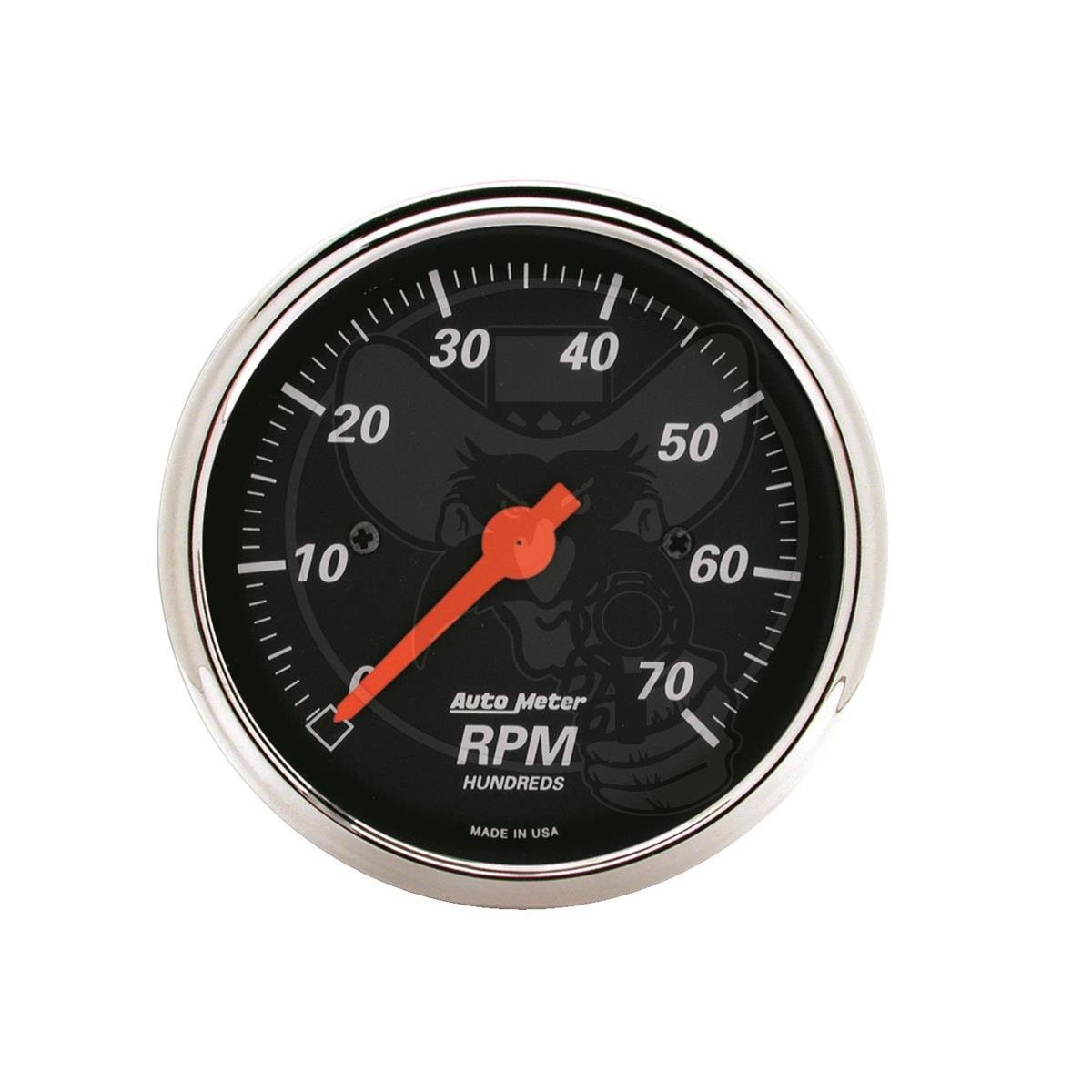Exactly how to Pick the Right Tachometer for Your Car or Motorbike
Unlocking the Secrets of Tachometers: Everything You Required to Find Out About This Crucial Instrument in Your Automobile
Comprehending the ins and outs of tachometers can supply valuable understandings right into your vehicle's performance and maintenance requirements. From determining engine rate to figuring out the information it offers, tachometers act as an important tool for automobile owners and enthusiasts alike. By unraveling the secrets behind this essential tool, you can open a riches of information that can enhance your driving experience and make certain the long life of your lorry.
Relevance of Tachometers
The importance of tachometers depends on their ability to supply crucial real-time data regarding an engine's rotational rate, permitting for exact surveillance and maintenance of machinery. By determining the transformations per minute (RPM) of an engine's crankshaft, tachometers offer useful understandings into the engine's performance - tachometer. This data is important for ensuring that the engine runs within its optimal variety, avoiding prospective damage from over-revving or underperforming
Tachometers play a crucial role in helping drivers and technicians identify any type of anomalies in the engine's rate, which might suggest concerns such as gas inadequacy, mechanical issues, or excessive stress on the engine. By quickly identifying these issues via tachometer readings, maintenance can be done proactively, stopping costly fixings and downtime over time.
Additionally, tachometers are specifically essential in high-performance automobiles and machinery, where specific control over engine rate is required for ideal procedure. Racing cars, airplane, and industrial equipment count on tachometers to supply peak performance while preserving safety criteria. Fundamentally, tachometers are not simply tools for gauging rate yet vital devices for making certain the smooth and effective procedure of engines throughout different applications.
Just How Tachometers Procedure Engine Speed
Utilizing sensing units that discover the regularity of electric pulses generated by the engine's ignition system, tachometers properly determine the rotational rate of an engine. By monitoring the price at which these pulses are received, tachometers provide real-time responses on how quick the engine's crankshaft is rotating per min, typically referred to as changes per min (RPM)
The tachometer's sensor, usually connected to the engine's ignition coil or ignition system cables, gets the electric signals produced each time a cyndrical tube fires. These signals are after that transformed right into RPM readings displayed on the gauge or instrument collection within the motorist's sight. Tachometers can be analog or electronic, with modern automobiles generally including digital displays for accurate and instant RPM readings.
This details is critical for drivers to understand the engine's efficiency, stop over-revving, optimize equipment moving, and make sure efficient gas usage. By accurately gauging engine rate, tachometers play an important role in helping chauffeurs run their automobiles securely and effectively.
Translating Tachometer Analyses
Having a clear understanding of just how tachometers gauge engine speed sets the foundation for successfully translating the RPM analyses presented. Translating tachometer analyses is important for optimal car performance and engine wellness. RPM (Revolutions Per Minute) analyses on the tachometer suggest the speed at which the engine's crankshaft is turning. When the engine is idling, the tachometer needle generally relaxes around 600-1000 RPM, depending on the car. As you accelerate, the RPM will certainly increase, showing the engine's higher rotational rate. When changing gears in a manual transmission automobile, the RPM will certainly drop as you involve the clutch and modification equipments, after that increase again as you speed up in the brand-new equipment. Keeping track of the tachometer can help you figure out More hints the most effective moving indicate make best use of fuel economy and engine power. Additionally, uncommon fluctuations or regularly high RPM analyses could suggest possible issues with the engine that may need professional focus. By paying interest to the tachometer readings and recognizing just how to translate them, you can ensure your car operates smoothly and efficiently.


Tips for Utilizing Tachometers Successfully
To boost driving efficiency and optimize engine efficiency, what secret methods can be carried out for effectively making use of tachometers? Tachometers are critical devices that provide real-time responses on engine speed, making it possible for vehicle drivers to make informed decisions for better efficiency - tachometer. Right here are some click reference ideas for using tachometers effectively:
Recognizing Optimum RPM Range: Acquaint on your own with the optimal RPM (Revolutions Per Minute) range for your automobile. Maintaining the engine within this variety can boost gas performance and extend the engine's lifespan.
Moving Equipments at the Right Time: Use the tachometer to figure out the ideal time to change gears. Upshifting as well very early or far too late can result in lowered efficiency and performance. Purpose to shift equipments when the RPM discover this gets to the optimal array for the next equipment.
Keeping An Eye On Engine Tension: High RPMs for prolonged periods can stress the engine. Watch on the tachometer to avoid over-revving, especially throughout velocity or when lugging hefty lots.
Tachometers and Vehicle Upkeep
When considering car maintenance, tachometers play a critical function in monitoring engine performance and spotting prospective concerns. Tachometers provide vital information on engine speed, allowing chauffeurs and auto mechanics to make certain that the engine is operating within the recommended RPM array. Regularly monitoring the tachometer readings can aid recognize issues such as engine misfires, worn-out ignition system, or concerns with the fuel shipment system. By taking notice of the tachometer, drivers can stop excessive strain on the engine, which can bring about expensive fixings down the line.
In addition to finding possible issues, tachometers can also aid in optimizing gas performance. By maintaining the engine rate within the optimum variety, motorists can enhance their gas mileage and minimize fuel consumption. This not only profits the driver's pocketbook yet additionally adds to environmental conservation by reducing damaging exhausts.
Final Thought
